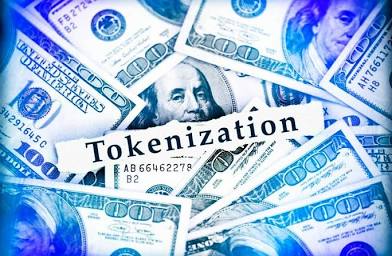IT IS YOUR MONEY
Digital Assets: The Future of Global Investment
Digital assets are redefining global investment landscapes by offering secure, transparent, and accessible alternatives to traditional instruments. From cryptocurrencies to tokenized bonds, these assets leverage blockchain to enhance efficiency and inclusivity. Institutional adoption is accelerating, with central banks and asset managers integrating digital solutions. Real-world applications in trade finance and cross-border payments highlight their transformative potential.

What Are Digital Assets?
Digital assets are cryptographically secured representations of value recorded on a blockchain or distributed ledger. They include cryptocurrencies (e.g., Bitcoin), stablecoins (e.g., USDC), security tokens, and non-fungible tokens (NFTs). Unlike traditional assets, digital assets are programmable, enabling automated execution of financial agreements via smart contracts.
These assets can represent ownership, access rights, or monetary value. Their decentralized nature reduces reliance on intermediaries, lowering transaction costs and increasing speed.
Types and Use Cases
Cryptocurrencies serve as digital money, while stablecoins provide price stability by being pegged to fiat currencies. Security tokens represent shares in companies or real estate, complying with securities regulations. NFTs authenticate ownership of unique items, from art to intellectual property.
In trade finance, digital assets streamline letters of credit and supply chain financing. For example, Contour Network uses blockchain to digitize trade documents, reducing processing time from 10 days to under 24 hours.
Institutional Adoption and Market Growth
Major financial institutions are embracing digital assets. BlackRock launched a Bitcoin spot ETF in 2024, signaling confidence in digital asset maturity. JPMorgan’s JPM Coin facilitates instant interbank settlements, improving liquidity management.
Central banks are developing Central Bank Digital Currencies (CBDCs). China’s digital yuan and the ECB’s digital euro pilot aim to modernize payment systems and enhance financial inclusion.
Regulatory Landscape and Risk Management
Regulation remains fragmented. The U.S. SEC focuses on investor protection, treating many tokens as securities. The EU’s MiCA framework establishes clear rules for crypto-asset issuers.
Investors must assess risks such as volatility, cybersecurity threats, and regulatory changes. Diversification and custody solutions—like insured digital wallets—are essential for risk mitigation.
Digital assets are no longer speculative—they are becoming integral to modern finance. As infrastructure and regulation evolve, their role in portfolios will expand.
To explore how digital assets can enhance your investment approach, visit DigitalAssets.Foundation and connect with experts for a FREE consultation

More News
© 2025
